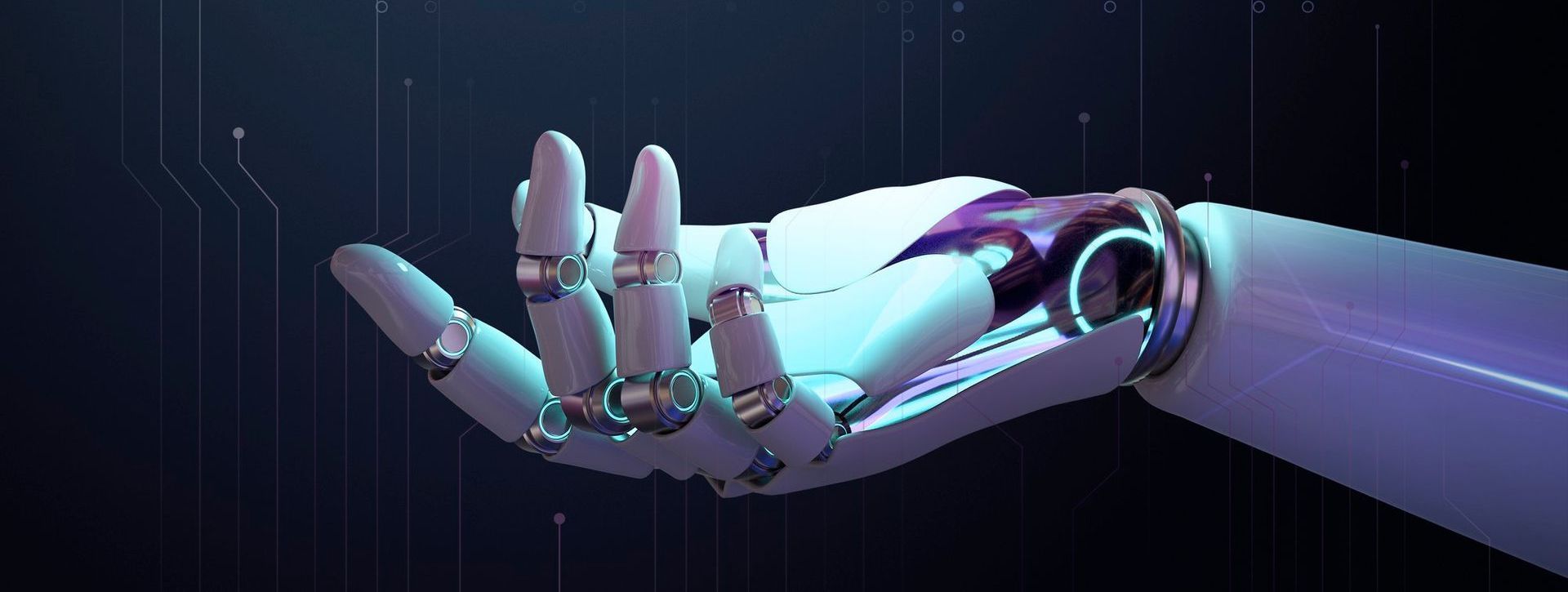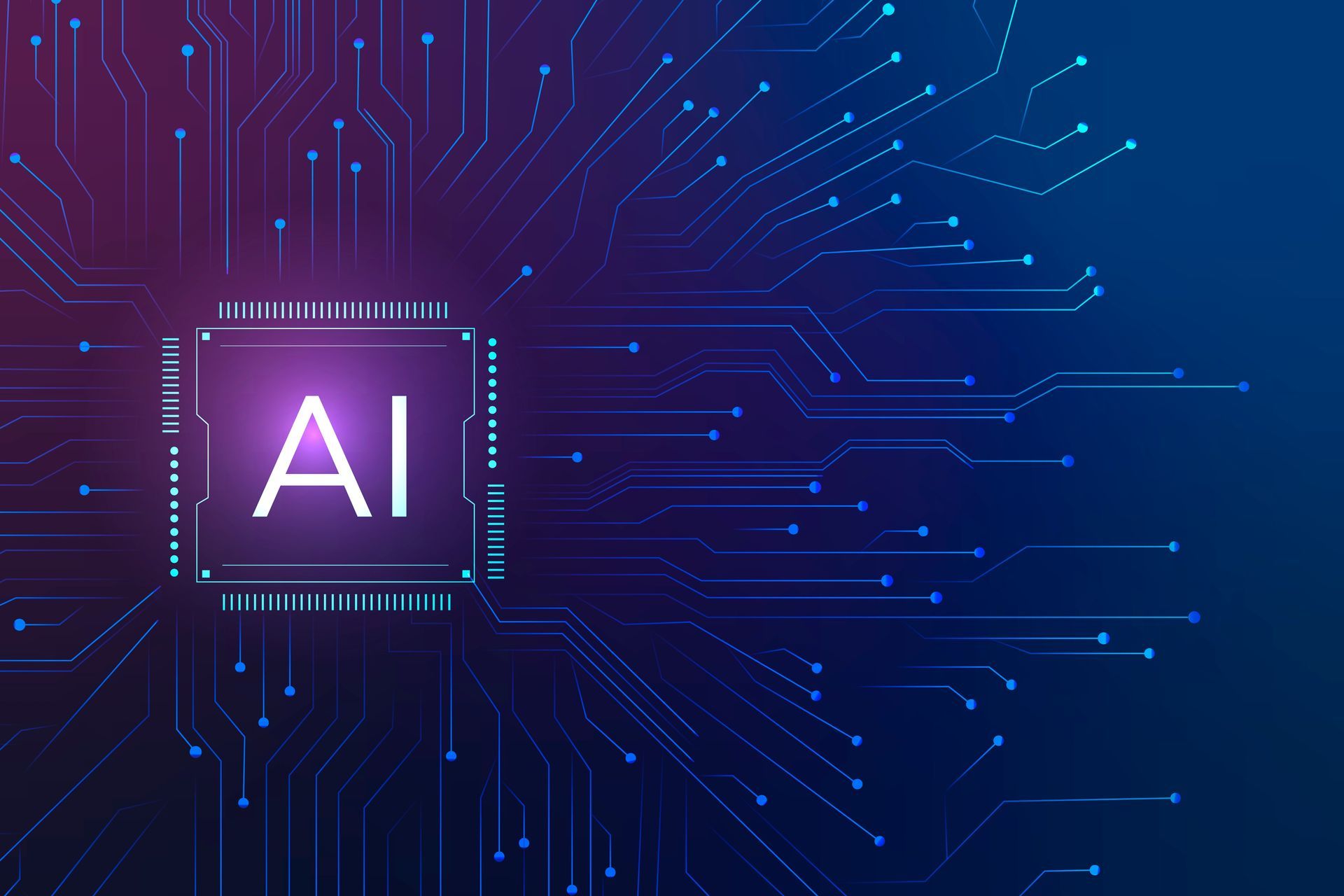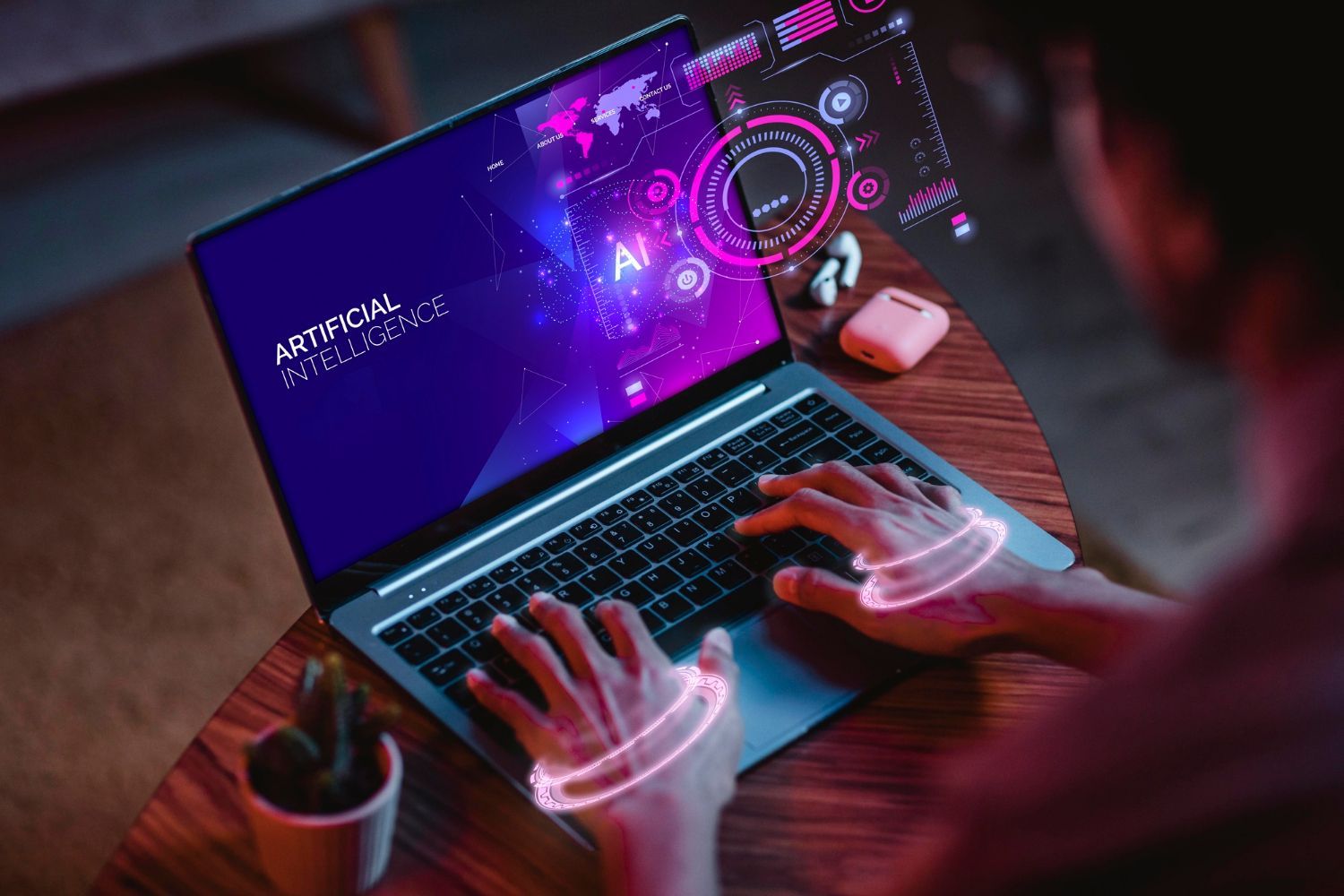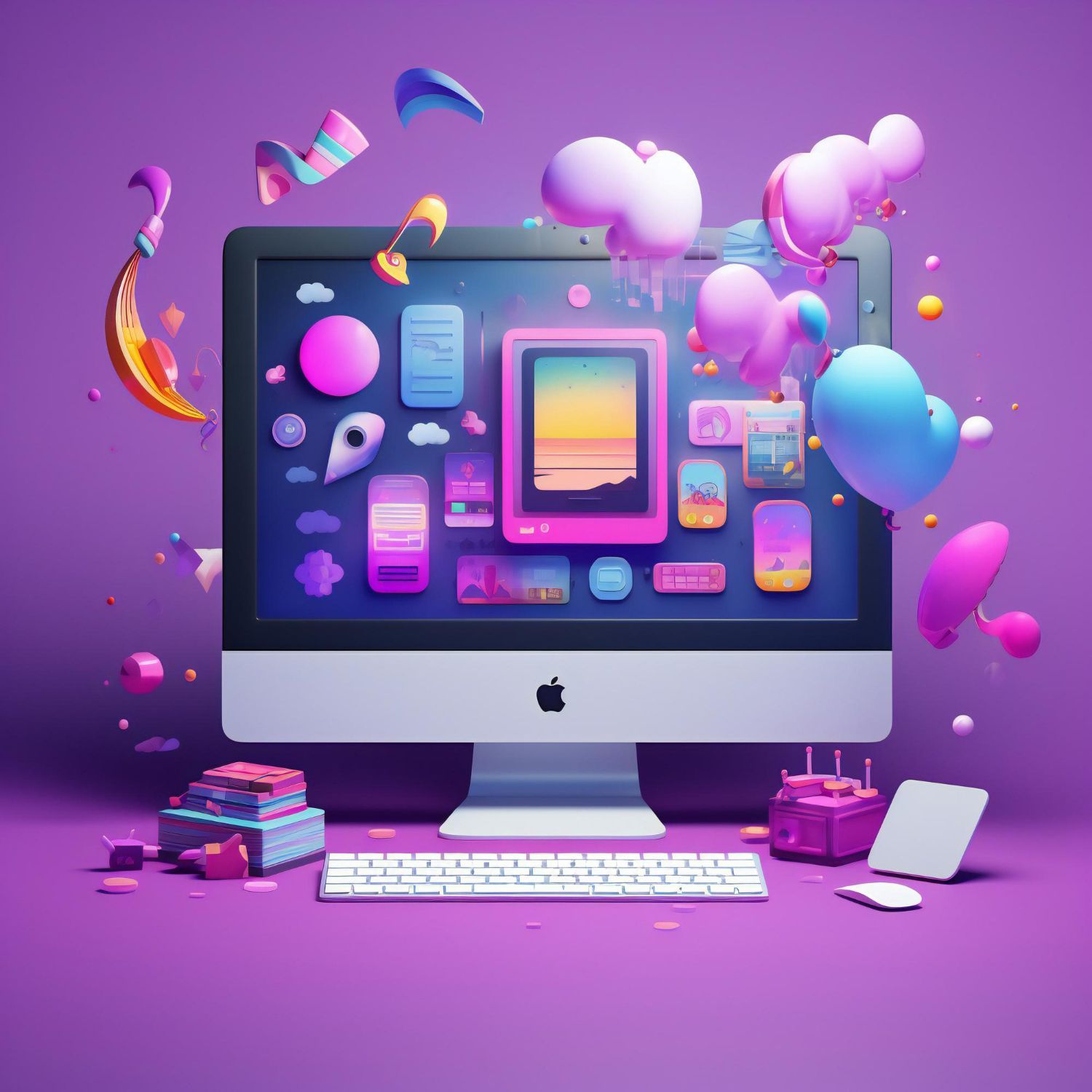Beyond Algorithms: The Enduring Role of Human Creativity in the Age of AI-Driven Web Design
1. Introduction
The Digital Revolution and the Advent of AI in Design
The integration of Artificial Intelligence (AI) into website design marks a significant milestone in the digital revolution. As AI technologies evolve, they bring forth a new era of automated design tools, promising efficiency, cost-effectiveness, and a level of precision in data-driven design decisions. This has led to a burgeoning debate: can AI, with its advanced algorithms and machine learning capabilities, replace the intricate and nuanced art of human website design? This blog argues that despite the impressive advancements in AI, it cannot yet replicate the depth of creativity, emotional intelligence, and contextual understanding inherent in human designers.
2. The Evolution of AI in Website Design
From Automation to Creative Algorithms
The journey of AI in website design has seen a remarkable evolution. Initially, AI's role was confined to automating mundane tasks like code generation and layout adjustments. However, recent years have witnessed a surge in AI's capabilities, with tools like Wix's Artificial Design Intelligence (ADI) and Adobe's Sensei pushing the boundaries. These platforms can now autonomously generate complete website layouts, propose color schemes, and even optimize for user engagement.
Examples of AI in Action
Platforms such as The Grid have emerged, where AI algorithms lay out content in an aesthetically pleasing manner, adapting to the user's content and style preferences. Similarly, tools like Firedrop use AI to interact with users, gathering design preferences to create personalized web pages.
But Is It Enough?
Despite these advancements, a critical observation is that AI in website design largely depends on data and patterns it has been trained on. It lacks the inherent human ability to understand the deeper nuances of design, such as the cultural context, the emotional connection with the audience, and the innovation to break from the norm and set new trends.

3. The Unique Value of Human Designers
Emotional Intelligence and User Psychology
At the core of great website design is an understanding of human emotion and psychology. Human designers excel in this realm. They interpret not just the visual aspect of design but also the emotional response it evokes. This emotional intelligence allows human designers to create websites that connect with viewers on a deeper level, something AI struggles to comprehend.
Creative Intuition and Originality
Human designers bring an element of creative intuition and originality to their work. They can experiment with abstract concepts, play with unconventional layouts, and create unique designs that AI, which operates within the realm of its programming, cannot match. This originality is crucial in setting brands apart in a crowded digital space.
Contextual Understanding and Trendsetting
Human designers have the unique ability to understand and set trends, considering social, cultural, and historical contexts. They can anticipate changes in user preferences and adapt designs to be both current and timeless. AI, on the other hand, can only follow trends based on existing data, lacking the foresight and contextual understanding that human designers possess.
4. Limitations of AI in Web Design
Inability to Grasp Nuanced Human Preferences
AI, despite its data-driven efficiency, struggles to comprehend the intricacies of human preference and the subtleties of design that resonate on an emotional level. It operates within the realm of logic and patterns, lacking the capacity to understand subjective aspects like cultural nuances or personal tastes. For instance, AI might generate a visually balanced layout, but it may fail to capture the brand's ethos or the emotional tone intended for the target audience.
Lack of Original Creativity and Innovation
One of the most significant limitations of AI in design is its inherent lack of original creativity. AI systems are fundamentally reliant on existing data and trends; they iterate rather than innovate. This reliance results in designs that, while technically proficient, often lack the unique flair and innovative touch that human designers bring. AI struggles to break new ground or set trends, which are vital in keeping web designs fresh and engaging.
Dependence on Pre-existing Data
AI's design capabilities are limited by the data it has been trained on. This dependence means that AI tends to perpetuate existing styles and trends, rather than creating something entirely new. Moreover, if the training data is biased or limited, the AI's designs will reflect those limitations, potentially leading to homogeneous or even culturally insensitive designs.
5. The Role of AI in Assisting Designers
AI as a Tool for Efficiency and Data Analysis
While AI may not replace human designers, it serves as a powerful tool to assist them. AI can handle repetitive tasks, analyze user data to inform design decisions, and optimize websites for performance and user experience. This collaboration allows designers to focus on creative and strategic aspects of design, leveraging AI for efficiency and insights.
Synergy of Human Creativity and AI's Efficiency
The ideal scenario is a symbiotic relationship where human creativity guides AI efficiency. Designers can use AI to quickly prototype ideas, test layouts, and gather user data, while the final design decisions remain in the human realm, blending AI's technical prowess with human creativity and intuition.
6. Future Predictions and Trends
Evolving Role of AI in Design
The future will likely see more sophisticated AI tools in website design, with improved algorithms capable of more nuanced tasks. However, these tools will increasingly be viewed as assistants to human designers, rather than replacements. The focus will be on how AI can augment human creativity, not supplant it.
Enduring Importance of Human Touch in Creative Fields
As technology advances, the value of human creativity and emotional intelligence in design becomes more evident. The future of web design lies in the harmonious integration of AI's efficiency and human creativity, with a continued emphasis on the unique value that human designers bring to the table – their ability to connect, empathize, and create with a depth that AI is far from achieving.
7. The Evolving Landscape of Web Design
The Role of AI in Future Design Trends
As technology continues to evolve, so too will the role of AI in website design. We can expect more advanced AI tools that offer even greater efficiency and sophisticated data analysis. However, these tools will likely be used to support and enhance the work of human designers, rather than replace them. The trend will lean towards a collaborative model where AI and human creativity work in tandem.
Adapting to New Technologies and User Expectations
The field of web design must constantly adapt not only to new technologies but also to changing user expectations. In this dynamic environment, the ability of human designers to understand and anticipate user needs, to tell stories through design, and to create emotionally engaging experiences will remain invaluable. AI will play a role in this adaptation, but it will be guided by human insight and creativity.
8. Final Thoughts and Future Directions
Embracing AI as a Tool, Not a Replacement
As we look towards the future, it's crucial for designers and those in the web design industry to embrace AI as a tool that can enhance their work, not as a threat to their profession. The focus should be on learning how to effectively integrate AI into the design process, using it to augment human skills and creativity.
The Enduring Importance of the Human Element
Despite the advancements in AI, the human element in design remains irreplaceable. The future of website design lies in the marriage of technology and human creativity, where AI aids in realizing the visions of human designers. This collaborative approach will ensure that website designs continue to be not only functional and efficient but also emotionally engaging and artistically fulfilling.
Get In Touch today to start the process of building your new website.
07917 102 824 | web.igniteinfo@gmail.com
Get In Touch.
Leave your details below and we'll get in touch as soon as possible.
Get In Touch
We will get back to you as soon as possible.
Please try again later.




Get In Touch!
Leave your details below and we'll get in touch as soon as possible.
Get In Touch
We will get back to you as soon as possible.
Please try again later.

Ignite Your Business With A Sleek Modern Website Built Bespoke For You
Contact Us
Privacy Policy @WebIgnite
2024





